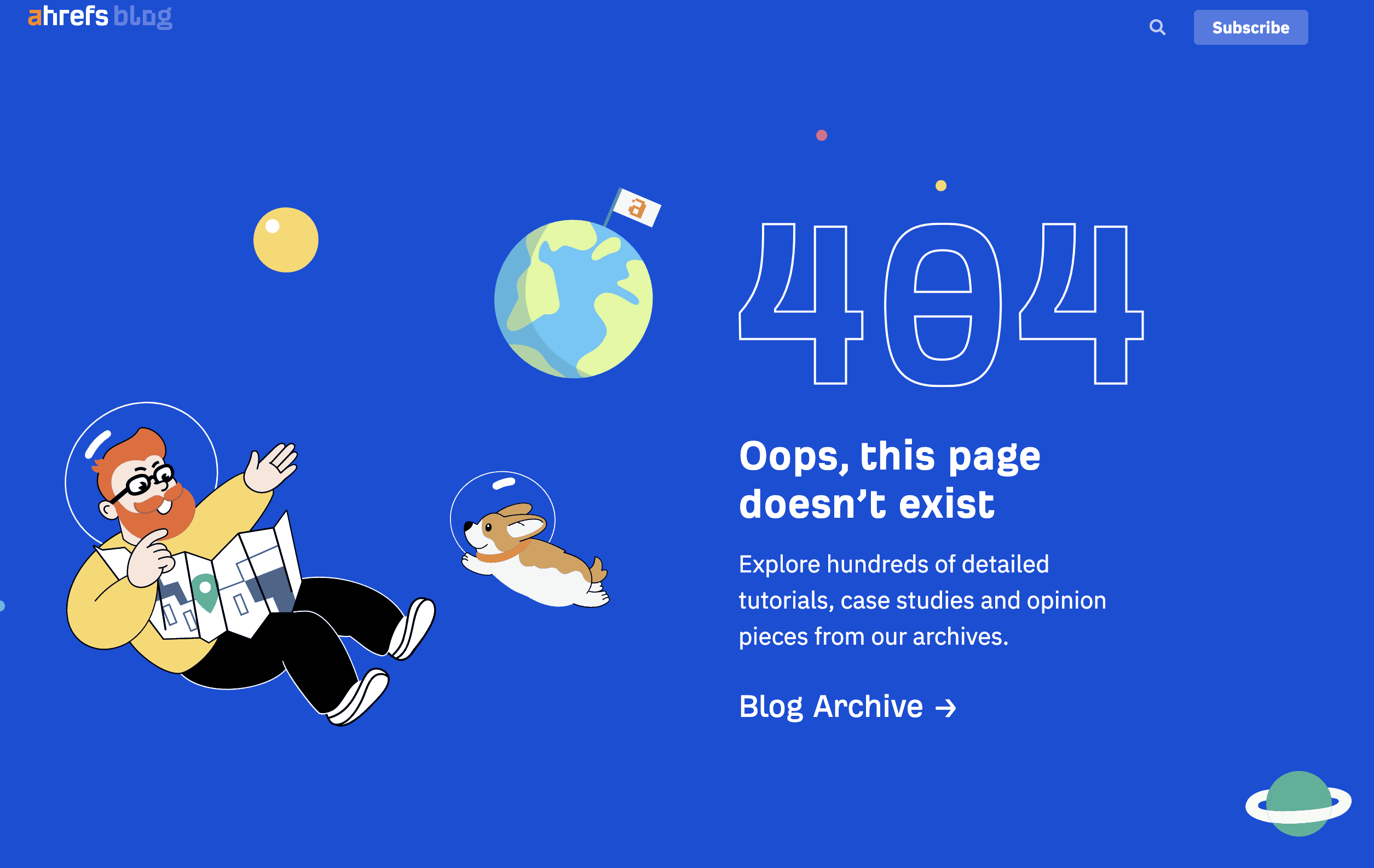404 Error
What is a 404 Error?
A 404 error is an HTTP status code indicating that the server could not find the requested resource or page. In other words, the server could not locate the web page or file at the requested address. The number “404” is derived from the “HTTP 404 Not Found” response status code that the server returns to the client (typically a web browser).
Most often, this error occurs when a user clicks on a hyperlink to a page or resource that has been removed from the server, or when the resource has changed its address. It can also happen when a user types in an incorrect URL or when a website is undergoing maintenance.
The links pointing to 404 pages are called broken links.
When a 404 error occurs, the web browser typically displays a message to the user stating that the requested page or resource cannot be found. Web developers can customize this error message to provide more information or suggest alternative pages for users to visit.
Here’s what a 404 page on our blog looks like:

FAQ
What is a 410 error?
The 410 error is very similar to the 404 error. It indicates that the server was able to find the requested address, but the resource is no longer available and will not be available again. The 410 Gone response code specifically indicates that the resource used to exist and is now deleted.
For website visitors, the 410 is generally no different from the 404 error.